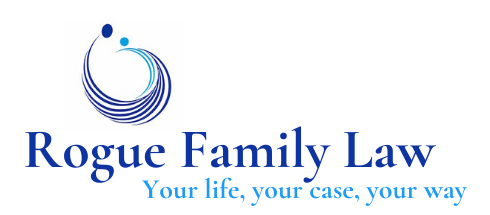Introduction
Commentators have declared the legal system “broken,” citing the time, money, effort and unforeseen emotional costs of traditional litigation. The general experience of litigants has been negative as they exit the process often worse off than when they entered it. Lawyers too are unhappy with the way the system functions; industry studies show widespread job dissatisfaction and stress related health problems.
Over the years, lawyers have tried to improve the legal system through alternatives to traditional litigation modes. In the last twenty years, they have begun drawing on other professional disciplines, tribal law and other non-litigation sources of dispute resolution. The result is the “holistic” or “comprehensive” law movement.
In this background, “holistic law” seems like an oxymoron. After all, the law is generally compartmentalized; the legal system, divisive and combative. The adversarial system we use is better that the “combat by trial” used in medieval times that it replaced. Efforts to transition away from the combative model, including Alternative Dispute Resolution (ADR)(mediation and arbitration) have not delivered on their initial promises. While cutting short the contention and costs of litigation, ADR often leaves people without attorneys unsure of when and how to mediate their case so outcomes are later questioned and regretted.
It is clear that its time for a dramatic evolutionary leap to something suited to modern living.
Like its medical counterpart, holistic law has been viewed with suspicion and resistance but its acceptance is broadening. Experience is showing however, that it promises to better resolve disputes in a more timely, cost effective and productive manner.
What is holisitic law?
As new approaches to specific types of cases began surfacing across different legal specialties, their common elements emerged and gelled into a movement called “holistic law” or the “comprehensive law movement.” The common priorities are clients’ goals, emotional health, relationships and financial concerns. Focus is shifted from “winning at all costs” to one which considers the clients’ overall well-being. Also known as “transformative law,” and “integrative law,” this movement emphasizes a more balanced approach even in an adversarial context. The promise of holistic law is a model to resolve legal disputes in a way that leaves the parties in better—or at least no worse—shape than they were at the start of their cases. Looking beyond just the legal rights/duties or economic bottom lines, lawyers use a “rights plus” approach to consider client wishes, goals, needs, resources, emotions, relationships, values, morals, and beliefs.
What holistic law ISN’T:
Holistic law is not merely “rolling over and playing dead” being “nice,” dealing with problems through a “touchy-feely” ineffectual approach or backing down to be a pushover. Rather, it is a more comprehensive approach that includes non-traditional tools. It does not abandon traditional skills. In fact, a non adversarial approach is not used where hardball litigation is the only way to achieve the client’s truest personal and legal goals. At other times, aggressive adversarial representation is the only way to bring a recalcitrant opponent to the table or resolve a dispute after all other approaches have failed. The point is that holistic law is a dynamic and fluid approach that uses appropriate non-adversarial techniques whenever possible and traditional litigation methods when those fail to tailor the strategy to the desired outcome.
Holistic law isn’t lawyers acting as psychologists, financial planners or other experts. Instead, lawyers use better communication to work within the lawyer-client team, to create an inter-disciplinary team that includes these professionals’ expertise and perspectives. On the theory that the whole is greater than the sum of its parts, holistic lawyering requires utilization of other displinary approaches, professionals where necessary and relevant to the particular case and a creative process that integrates these elements.
Holistic law is not paternalistic meddling in clients’ affairs telling them what they should or should not do, or how they feel or should feel. Rather, lawyers use new tools that more actively engage clients to develop a bigger picture of their case. This perspective includes client’s deep, long-term goals as well as practical consdierations of financial and other resources against the economic and intangible costs. Guided by the holistic lawyer’s input, the client retains the ultimate authority over the approach used after being informed of all possible consequences of potential legal actions, including the emotional, economic, legal and intangible impact.
Holistic law is not the abandonment of lawyering skills. Lawyers expand their skill sets to include new tools beyond the solitary “stick” of litigation learned in law school or “carrot” of quick settlement used in mediation. Instead, holisitic law draws on traditional and alternative approaches within the broader context of client well-being and goals.
Types of Holistic Law
Using creative win-win solutions to preserve vital interpersonal relationships and both tangible and intangible assets, the holistic law movement includes:
- collaborative (family) law
- restorative (criminal) justice
- procedural justice (all subject matters)
- transformative mediation (all subject matters)
- therapeutic jurisprudence (all subject matters)
- problem-solving courts
- preventive law (particularly suited to commercial and civil litigation)
- holistic justice (all subject matters)
- creative problem solving (all subject matters)
The links on the drop down menus for the various practice areas provide information on how some of the alternative legal modalities above may be right for your case.
